

















Deutsche Version


















Deutsche Version
![]() -
-
![]() English version
English version
The Genus Amorphophallus
(Titan Arums)
| Origin, Habit and General Information | |
|
The genus Amorphophallus
is well known for the famous Amorphophallus titanum, commonly known as "Titan
Arum". The Titan Arum holds the plant world record for an unbranched single inflorescence. The inflorescence eventually may reach
up to three meters and more in height. Besides this
outstanding species more than 230 Amorphophallus species have been described -
and each year some more new findings are published. A more or less complete list of all validly
described Amorphophallus species and many photos are available from the website of the
International Aroid Society. (
www.aroid.org ).
If you are interested in this fascinating genus, think about becoming a member
of the International Aroid Society! The International Aroid Society is the worldwide
leading society in aroids and offers a membership at a very low price and with
many benefits! The majority of Amorphophallus species is
native to subtropical and tropical lowlands of forest margins and open, disturbed spots
in woods throughout Asia. Few species are found in Africa (e.g. Amorphophallus abyssinicus,
from West to East Africa), Australia (represented by a single species only, namely Amorphophallus galbra,
occuring in Queensland, North Australia and Papua New Guinea), and Polynesia respectively. Few species, such as Amorphophallus paeoniifolius (Madagascar to Polynesia), serve as a food source throughout the Asian region. |
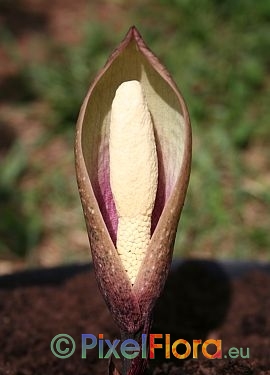 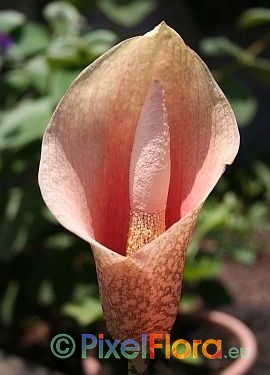 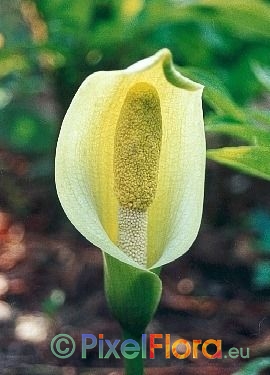 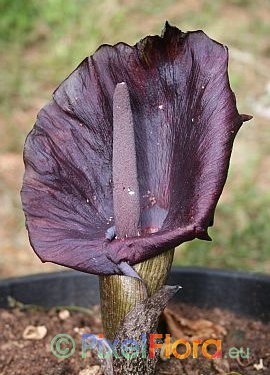 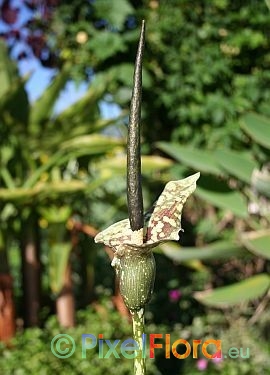 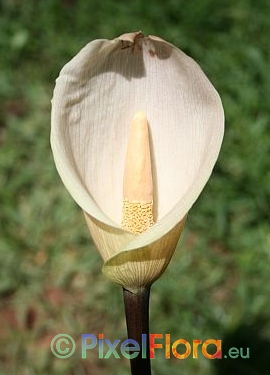 |
|
Plant & Seed Source An extensive list of Amorphophallus and other aroid species is available here: |
|
Note: Information on Arisaema (Cobra Lilies or Jack -in-the-Pulpit), a genus which is closely related to Amorphophallus within the aroid family (Araceae),are available on this page.
[Download this document as PDF-file:
![]() .
Adobe Acrobat Reader for viewing PDF is available for free
here.]
.
Adobe Acrobat Reader for viewing PDF is available for free
here.]
© 1999-2019
www.rareplants.eu
All rights reserved. All information given on this page is presented without any
guarantee.
IMPRINT

















